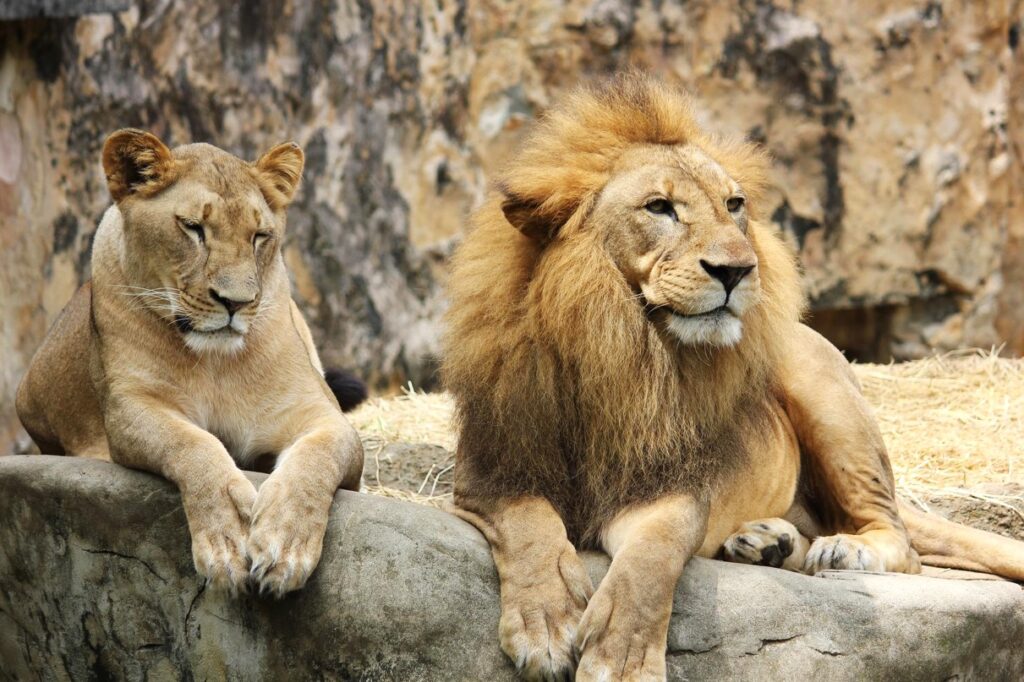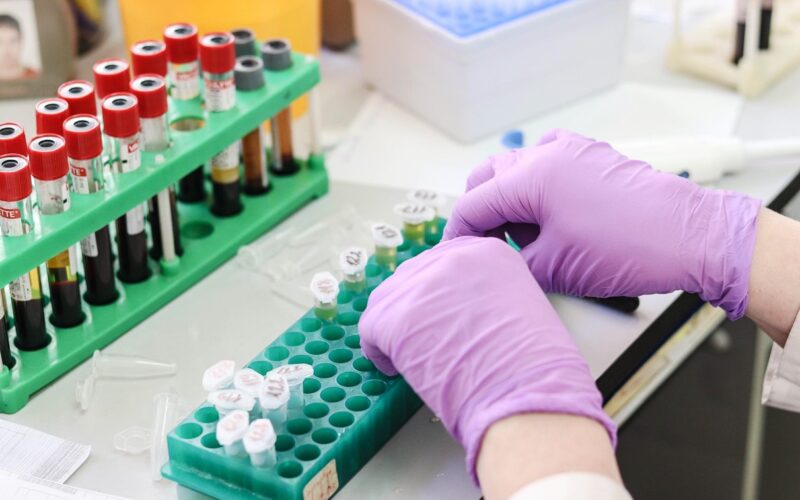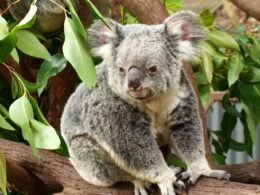The British research team found that the number of genetic mutations that mammals experience in their life cycle is about 3,200 times, and the mutation rate is proportional to the lifespan of mammals.
London, UK (Business Northeast) – Every mammal has a certain lifespan; for example, the lifespan of a mouse is about 2-4 years, the lifespan of a dog is about 10-15 years, and the lifespan of a monkey is about 20-25 years. Depending on the quality of medical care and environmental conditions, the length of life may be shortened or extended, but the difference is insignificant. Are there any rules about the length of lifespan of mammals?
In order to unravel the mysteries of mammalian life, the Wellcome Sanger Institute team tried to find the contributing factors of mammalian aging and life cycle and found the total number of gene mutations in the life cycle of mammals of different species is roughly similar. The research was published in the international scientific journal Nature.
Scientists have researched 16 species, including humans, cats, dogs, monkeys, mice, lions, tigers, rabbits, giraffes, etc. The study analyzed the DNA, life expectancy of different animals, and the rate of genetic mutation in different species and tried to find out the secrets of life from the mutation of cells.
They found that the total number of genetic mutations in these animals was roughly 3,200 times over their lifetime. The higher the frequency of mutations in an animal, the shorter the lifespan. In other words, the longer the lifespan, the fewer the number of genetic mutations per year.

In the study, mice mutated about 800 times a year and lived only about four years; dogs mutated about 249 times a year and lived for about ten years; lions mutated about 160 times a year and lived about 20 years. Humans mutate about 47 times a year, and the data is roughly in line with the current average human lifespan.
The approximate length of lifespan can be calculated by dividing the total number of 3,200 mutations by the number of mutations per year. The researchers pointed out that despite the different lifespans of various mammals, mammals have the same number of mutations at the end of life, and the total number of genetic mutations is about 3,200. But what is the significance of this number? It’s still a mystery.
Are genetic mutations linked to aging? The genetic mutation was similar whether the animals entered senescence after 7 months or after 70 years. The study demonstrated the association of genetic mutations with aging and lifespan, helping to explain aging in mammals and validated in the calculation of lifespan.
In the past, scientists have found that the number of heartbeats correlates with the length of lifespan. For example, the human heart beats about 2.5 billion to 3 billion times in a lifetime, and a fast heartbeat is an important factor in shortening life expectancy. Today, people study aging and lifespan through the number of mutations and find more possibilities for the mystery of life.










